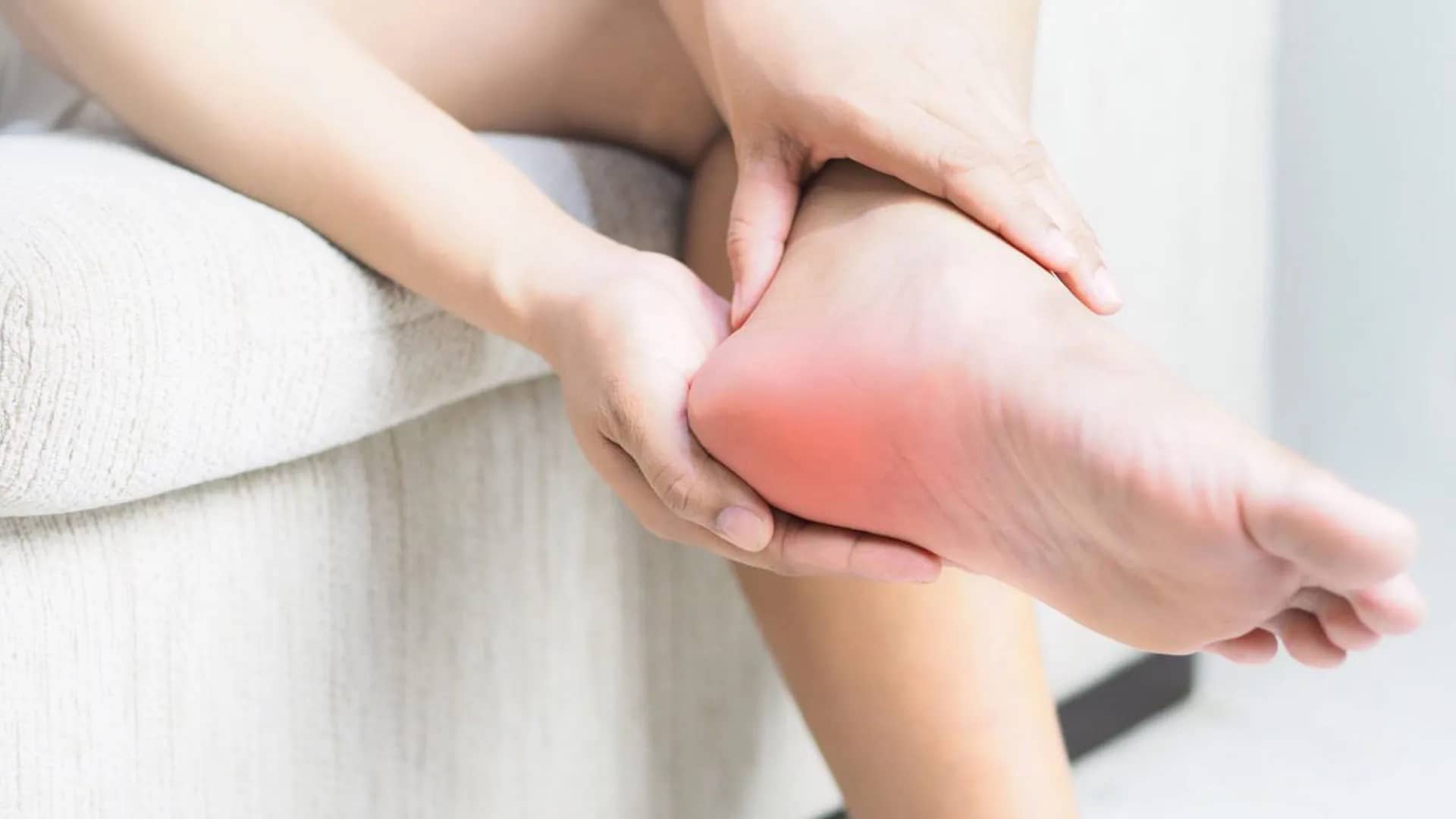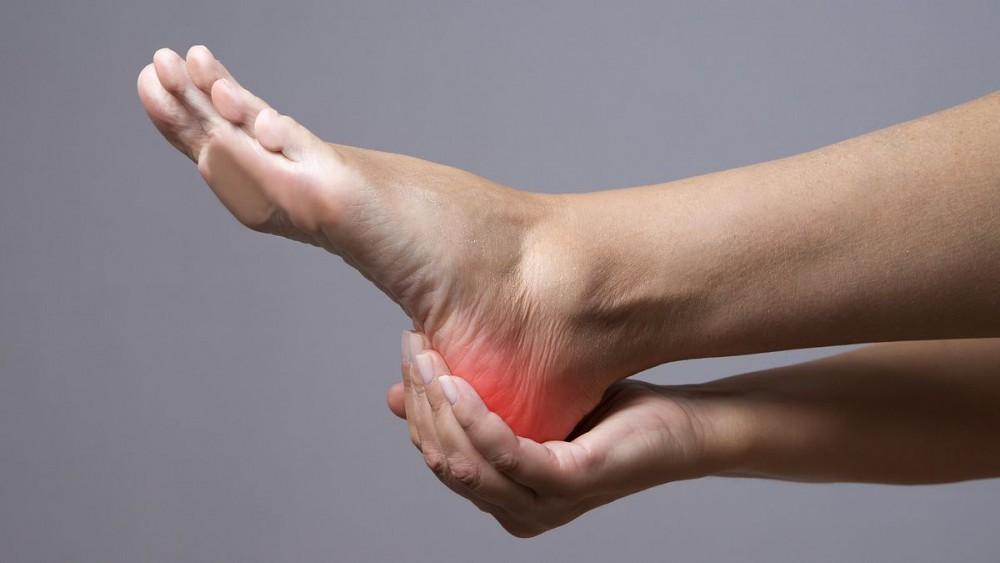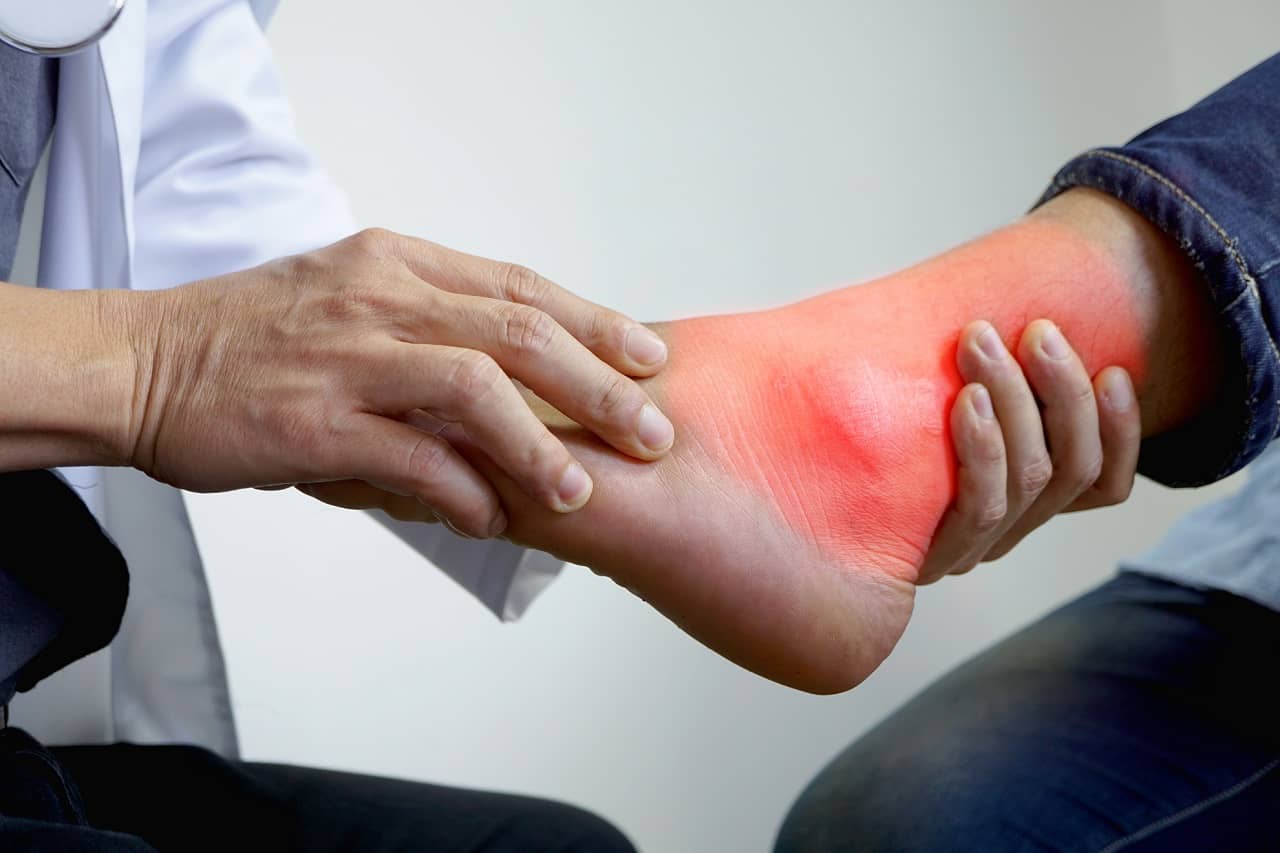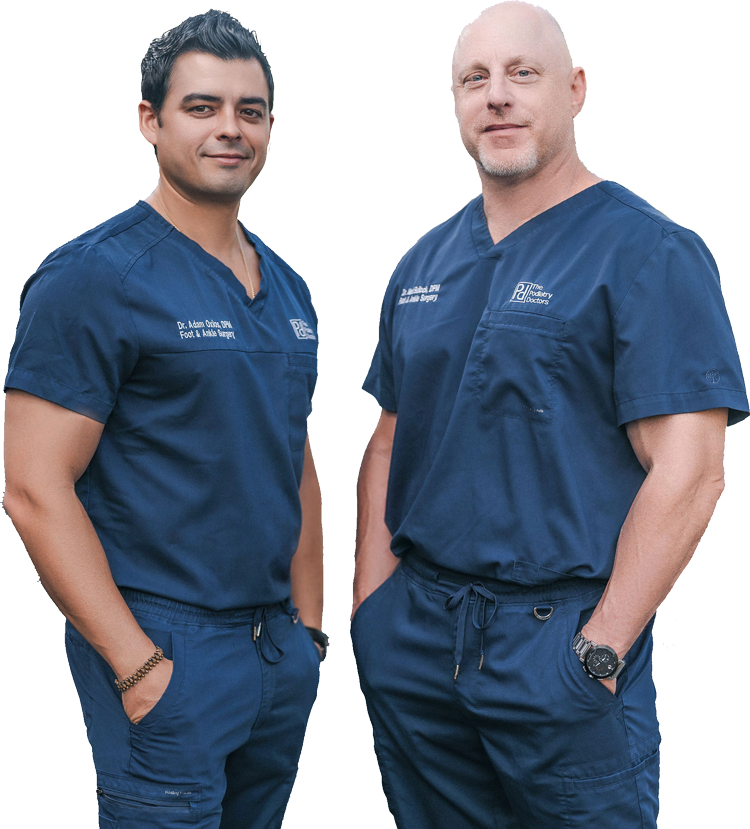
Plantar Fasciitis or Heal Pain
Plantar fasciitis is a condition where the large ligament in the arch of the foot (the Plantar Fascia) becomes inflamed and irritated, mainly at the base of the arch, just in front of the heel. The condition can be seen in anybody but it most commonly effects athletes and people on their feet much of the day. Many times, this condition is self-limiting, meaning it will go away on its own, however symptoms may persist due to a multitude of reasons including shoe gear with inadequate arch support, being flat-footed, inability to rest due to schedule, being over-weight…
Symptoms most commonly include sharp pain upon standing up out of bed as well as after being seated for a long period of time. Frequently, the patient admits that the pain eases once they’ve been up and moving for a while.
Patients experiencing these symptoms for more than a couple of weeks can try a few things at home including stretching exercises, rest/icing, over the counter (OTC) anti-inflammatories and a modification in shoe gear. If symptoms persist despite these modalities, there are different treatments your podiatrist may attempt depending on your individual presentation. Most times, I will prescribe an OTC orthotic we provide in our office. They are much cheaper than custom orthotics and many times do the trick if the patient is good about using them as directed. There are many OTC orthotics out there, but most are gimmicks and do not control the biomechanics of the foot properly or off-load the plantar fascia as needed. Custom orthotics are the best option in terms of shoe modification but are more expensive than OTC options. Other treatment modalities include steroid injections, physical therapy, and as a last possibility, surgery. There are multiple surgical procedures performed by our doctors, all of which require minimal incisions if any at all.

Pump Bumps
A Pump Bump AKA Haglund’s deformity is a bony bump that forms on the back of the heel. It is most commonly caused by shoe wear, namely high heels (although anyone can develop them). The position of the foot in high heels causes excess rubbing along the back of the heel over time causing a bony deposit (a bump) to form in that area. As the bump grows, more rubbing occurs causing more bony deposition… and the cycle continues. Other possible causes include outward rolling of the heel while walking (excessive supination), a tight Achilles tendon, and a prominent heel bone.
Non-invasive remedies include soft pads/mole-skin stickers to reduce the friction formed by your shoes as well as changing your shoe wear all together. Something with a soft back like well-padded sneakers or no shoe back at all work best. Physical therapy is another great option.
If these fail to relieve your symptoms, surgical procedures exist to remove the bony bump entirely. This is called a Haglund’s procedure and is typically done as a last option due to the extended recovery time.

Tarsal Tunnel Syndrome
Have you ever heard of Carpal Tunnel Syndrome??? Well Tarsal Tunnel is the same condition occurring in the foot. Both are caused by chronically compressed and irritated nerves that over time can present as burning and tingling in the hand/foot. If left untreated, this can progress to fatigue and sometimes the inability to use or move the digits properly.
As the nerves and vessel enter the foot, they do so through an entrance called the Porta Pedis (Latin for “door of the foot”). The sides of this door are made up different structures including fibrous bands and muscles. Additionally, the nerves are accompanied by vessels which can change size based on several factors (circulation, fluid/electrolyte balance, activity level…). If the space through which these nerves pass is reduce, they will begin to the compress the nerve leading to the symptoms previously described.
Causes may include over pronation (flattening of the foot causing excess traction on the nerve), habitual exercise (developed musculature of the foot), poor venous return (aka varicose veins), as well as other space occupying lesions (lipomas…).
Many times, RICE therapy (rest, ice, compression, elevation) will alleviate your symptoms if the causes are muscular or venous engorgement. If this doesn’t work, controlling the biomechanics of your feet with proper shoe wear/orthotics and using daily compression may be pivotal in curing your symptoms and preventing recurrence.
As with many conditions of the foot and ankle, surgery is a last option if all conservative modalities have failed. Essentially, this is done by “widening the door”. Recovery consists of non-weightbearing on the affected limb until the sutures come out (~2 weeks) followed by progression to full weight bearing. Your doctor may suggest physical therapy during recovery depending on your individual presentation.



